
 Following government guidelines, we are asking all people who have travelled in the last 14 days not to present to the clinic, and to reschedule their appointment, and we look forward to welcoming them back.
Following government guidelines, we are asking all people who have travelled in the last 14 days not to present to the clinic, and to reschedule their appointment, and we look forward to welcoming them back.
We are asking patients if they are showing signs or symptoms of the Coronavirus not to visit us until they have been cleared by their GP or returned a negative test.
Additional measures we are taking
- We have made hand sanitisers and hand washing facilities available to all our team members and patients within the clinic. We are following the best guidelines from the Department of Health for cleaning our clinic facilities, waiting areas and equipment. Please refer to the Environmental Cleaning and Disinfection Principles for COVID-19 document here.
- Where possible clinics are being re-arranged to ensure there is less close contact between patients, and as able we are moving our patients quickly through and away from the common areas.
We appreciate that is a challenging time for all and that some of these measures may create some disruption to your treatment. Thank you for your patience and understanding. We are committed to doing everything we can to ensure that keep we can continue to deliver a safe and reassuring service to all of our valued patients.




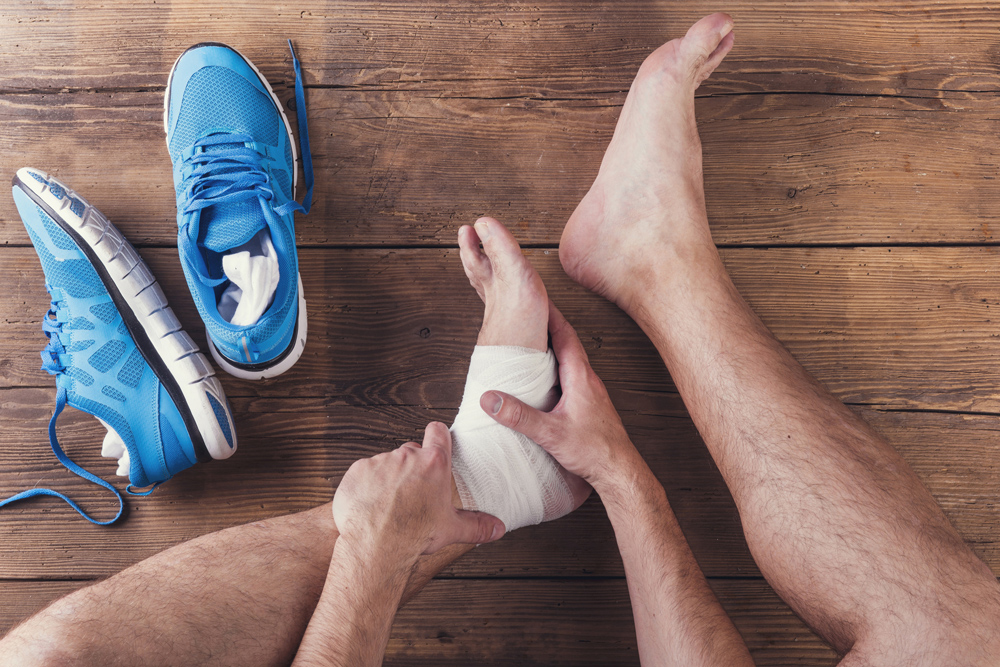
 With many major endurance running events slowly restarting across the country (COVID-dependant, of course), it’s a timely reminder to think about how these types of events – and your training leading up to them – may impact our foot health.
With many major endurance running events slowly restarting across the country (COVID-dependant, of course), it’s a timely reminder to think about how these types of events – and your training leading up to them – may impact our foot health.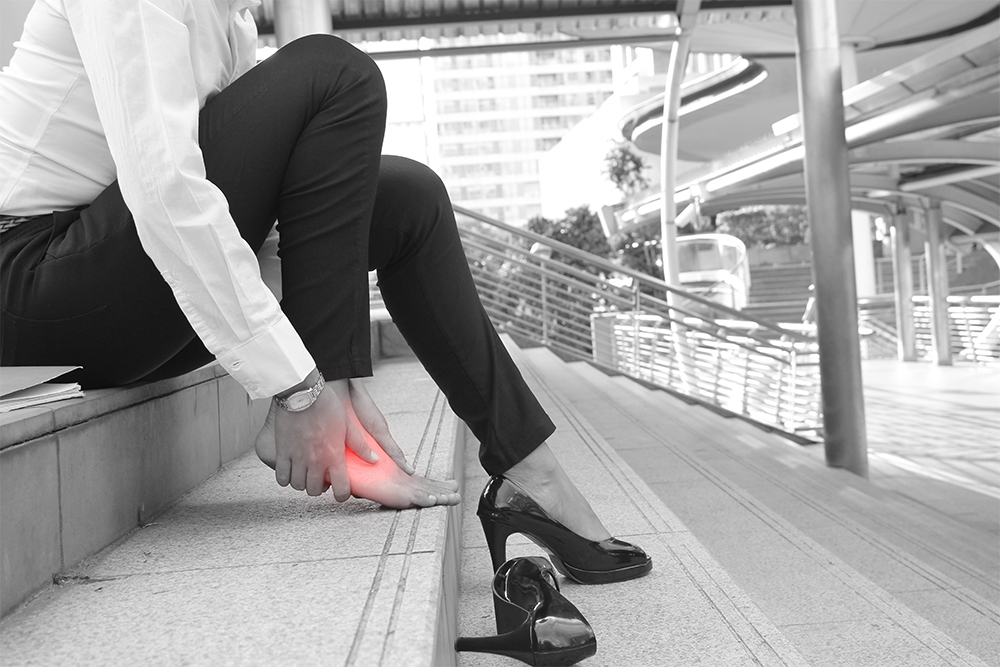
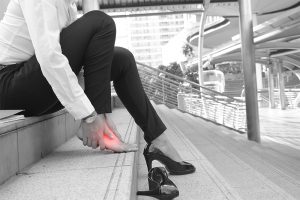 We spend roughly a third of our day in a workplace, but how much thought do we put into what impact our footwear choices have on the health of our feet over the course of our days – let alone our careers?
We spend roughly a third of our day in a workplace, but how much thought do we put into what impact our footwear choices have on the health of our feet over the course of our days – let alone our careers?
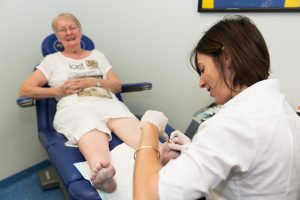 If you’re looking after a person with diabetes, whether you’re a family member or a health professional or assistant, you play an important role in helping that person maintain their foot and leg health by ensuring they receive regular podiatry care.
If you’re looking after a person with diabetes, whether you’re a family member or a health professional or assistant, you play an important role in helping that person maintain their foot and leg health by ensuring they receive regular podiatry care.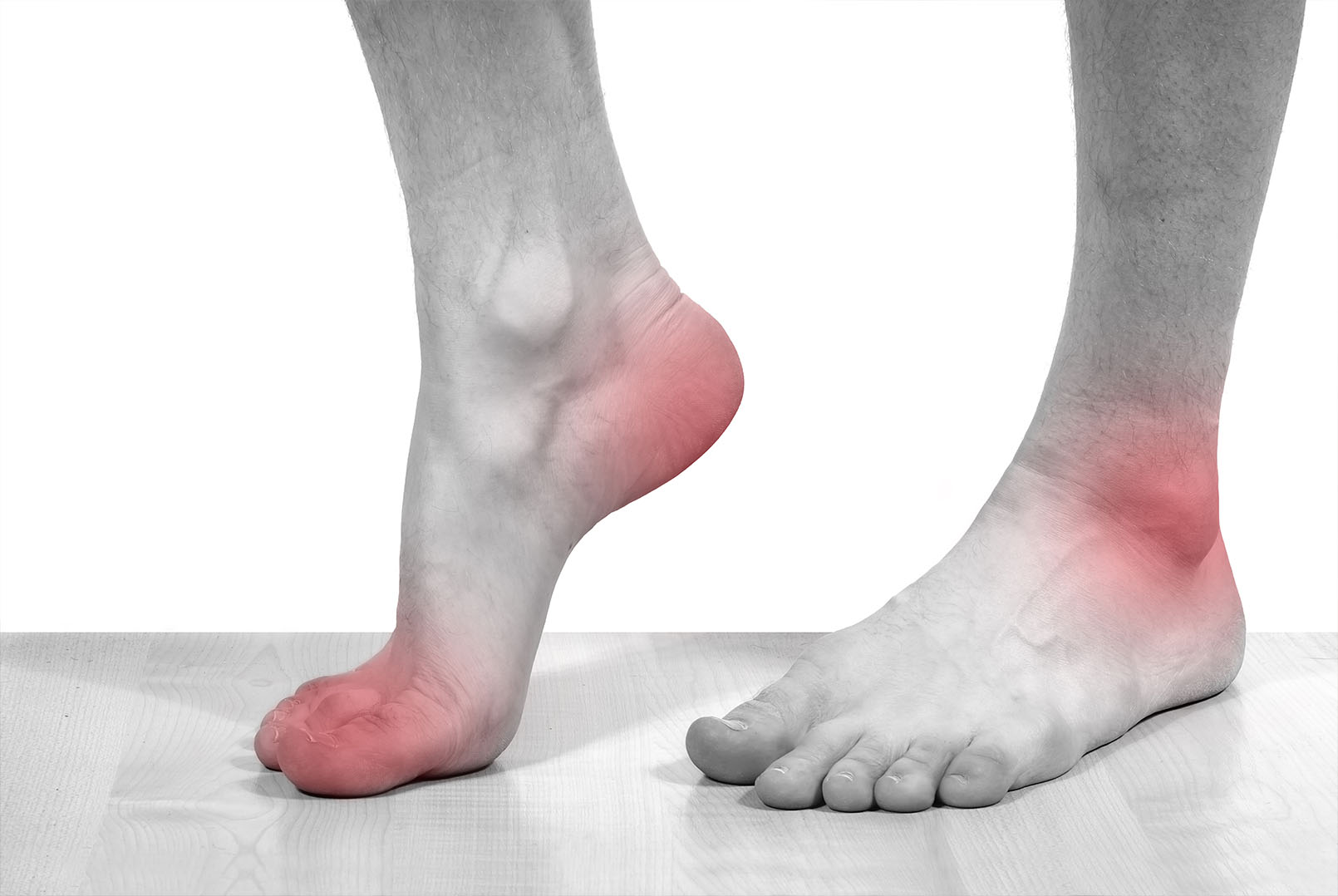
 Anyone who lives with chronic or persistent pain knows that it can have a major impact on our ability to enjoy a normal lifestyle. Suffering ongoing or uncontrollable pain can often also lead to feelings of isolation and helplessness, however, you are not alone. 3.37 million Australians were living with chronic pain in 2020, with almost 70% being of working age.
Anyone who lives with chronic or persistent pain knows that it can have a major impact on our ability to enjoy a normal lifestyle. Suffering ongoing or uncontrollable pain can often also lead to feelings of isolation and helplessness, however, you are not alone. 3.37 million Australians were living with chronic pain in 2020, with almost 70% being of working age.
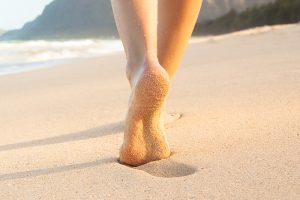
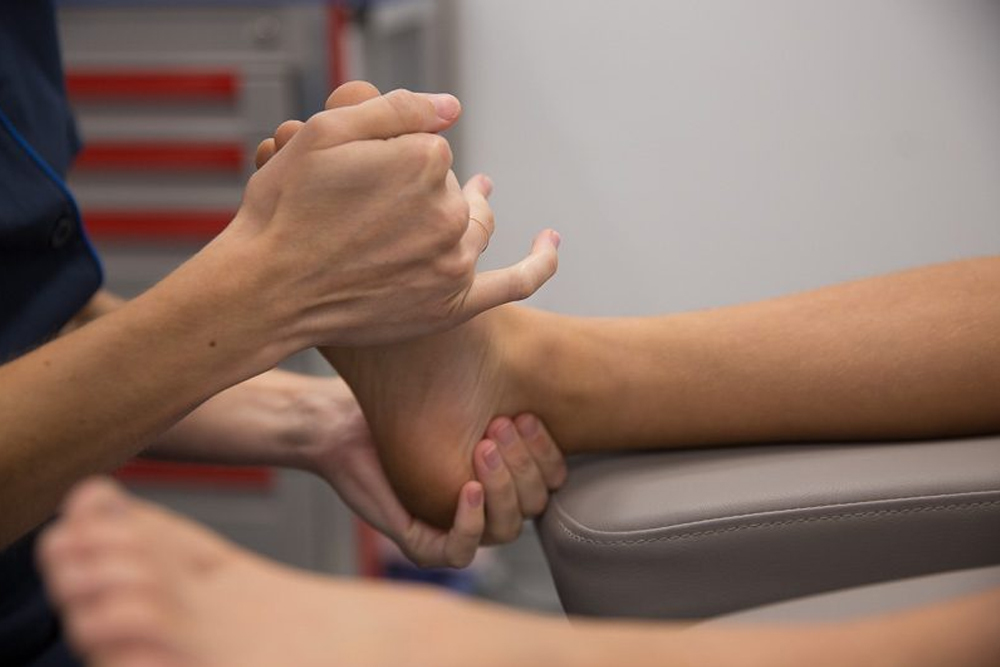


 Following government guidelines, we are asking all people who have travelled in the last 14 days not to present to the clinic, and to reschedule their appointment, and we look forward to welcoming them back.
Following government guidelines, we are asking all people who have travelled in the last 14 days not to present to the clinic, and to reschedule their appointment, and we look forward to welcoming them back.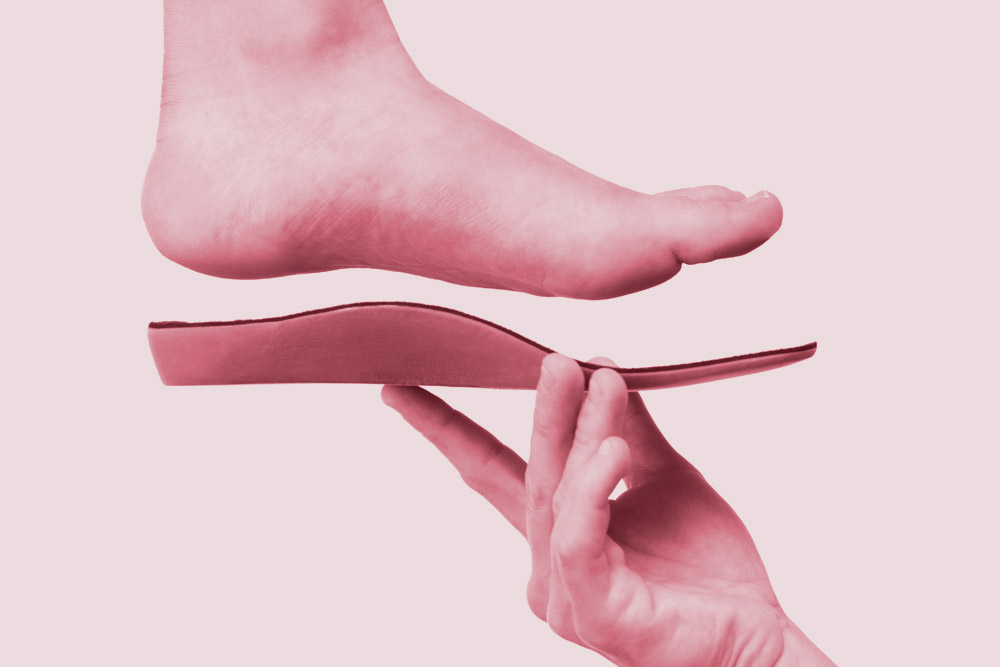
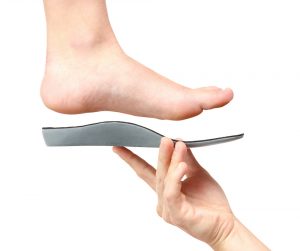
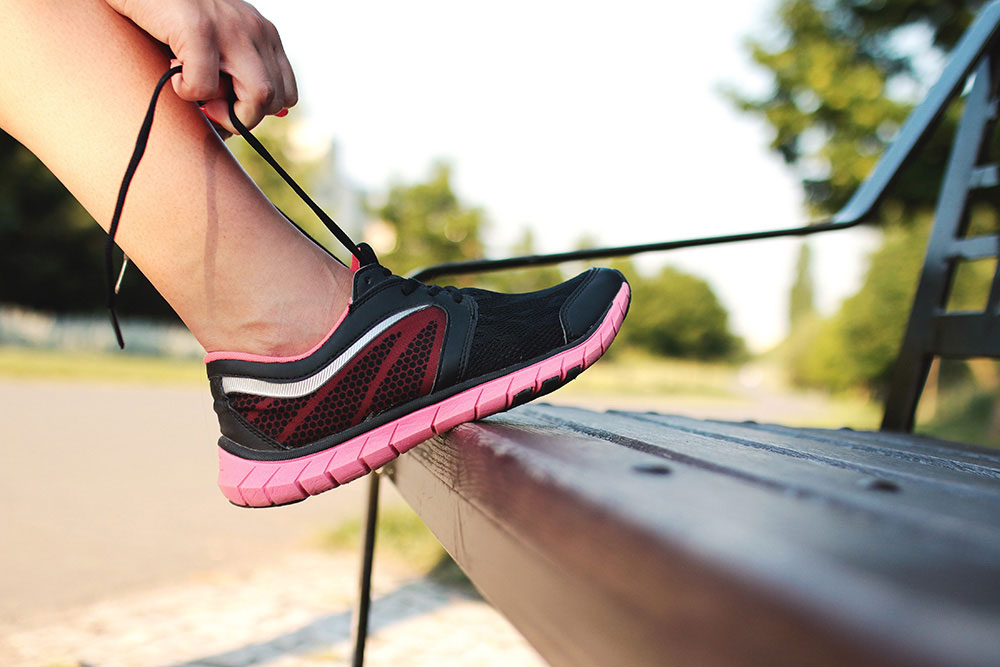
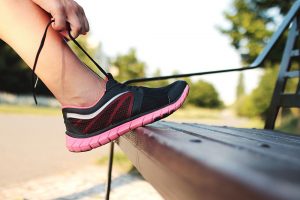 Attention runners! Whether you’re just starting your first 5K or have completed a few ultra-marathons already, you’re at risk of getting held back by pain and injury. We see hundreds of runners in our clinics across Australia every week.
Attention runners! Whether you’re just starting your first 5K or have completed a few ultra-marathons already, you’re at risk of getting held back by pain and injury. We see hundreds of runners in our clinics across Australia every week.